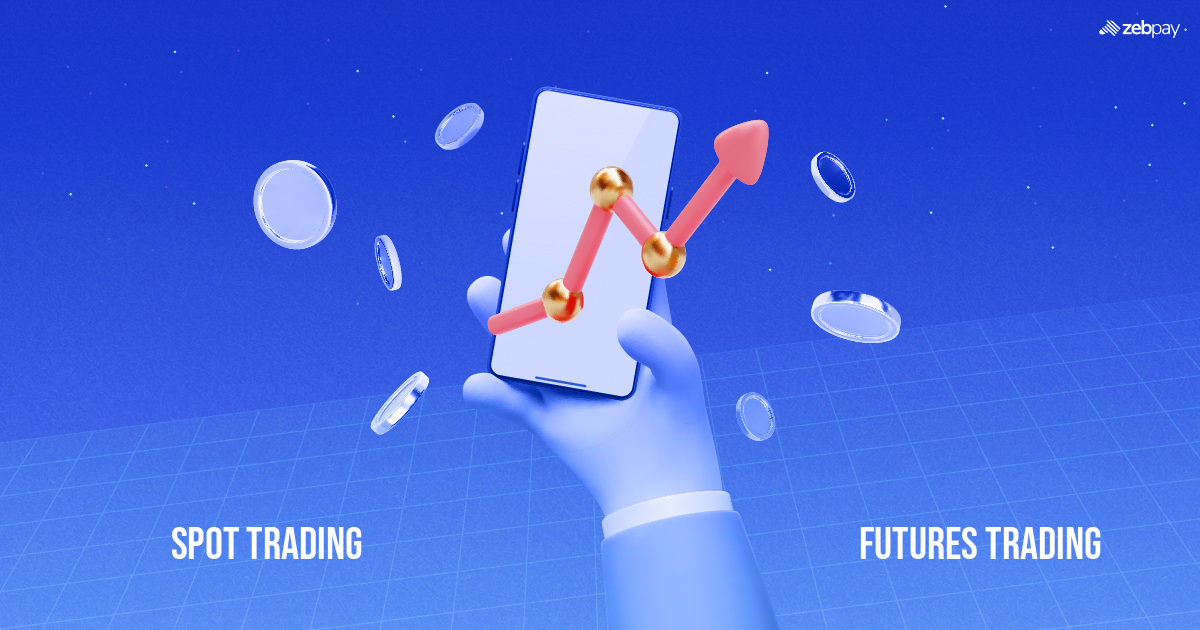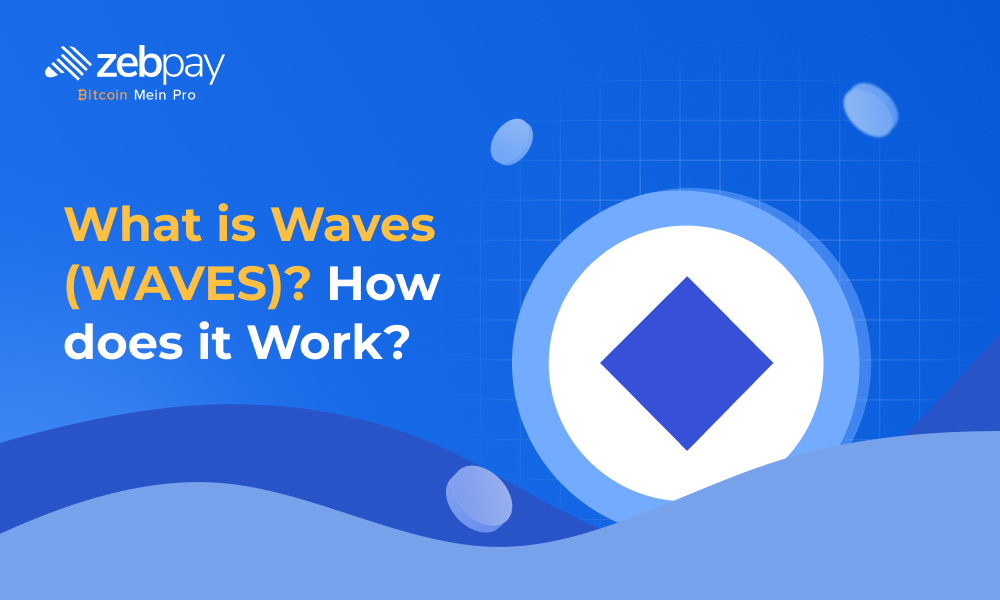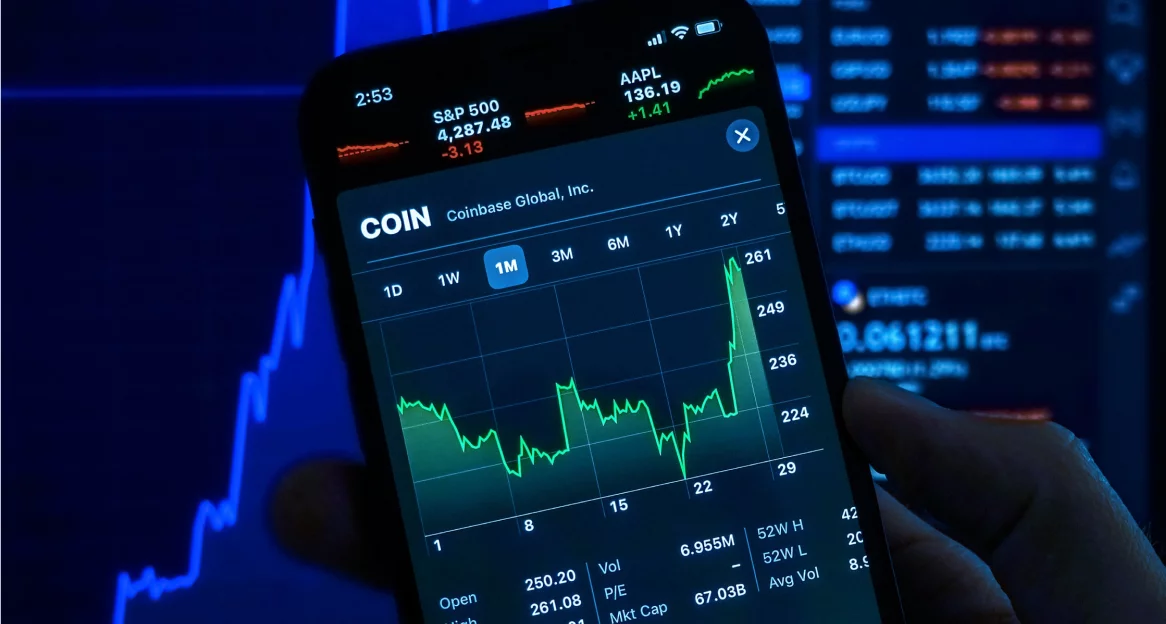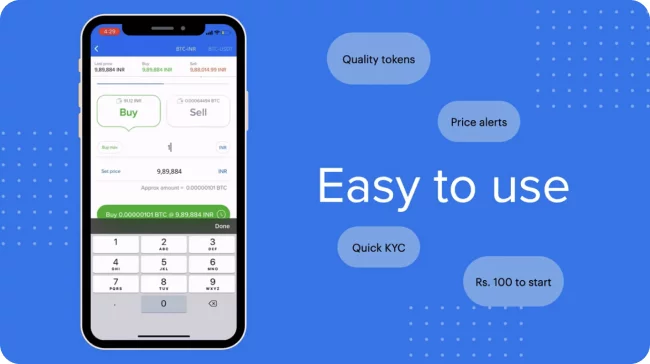Crypto has emerged as a prominent topic among investors over the past decade and is becoming increasingly integrated into our daily lives. From trading and investing to hedging, and even access via online games and NFTs, crypto is transforming the world around us. Crypto trading, in particular, has become a popular investment avenue. With innovations across Layer 1 blockchains, as well as Layer 2 and Layer 3 scaling solutions, the appeal for investing and trading in crypto continues to grow. In this context, we’ll compare two trading methods that have gained significant traction: spot trading and futures trading.
What is Spot Trading?
Spot trading is the most straightforward method where two parties agree to buy and sell crypto immediately at the current market price. It is commonly used for instant transactions, where the goal is to purchase at a low price and sell at a higher one to secure profits.
What is Futures Trading?
Futures trading involves an agreement between two parties to buy or sell a crypto contract at a specified price in the future. Unlike spot trading, no actual transaction occurs when the contract is signed. Instead, the trade is executed at the future price when the crypto asset reaches the agreed-upon value. This method is based on speculation, where traders aim to profit from price movements over time.
Read more: A complete guide on Crypto Futures
Spot Trading vs. Futures Trading: A Detailed Comparison
Spot Trading
Spot Trading involves buying and selling cryptos for immediate delivery.
Advantages:
- Simplicity: Easy to understand and execute, making it suitable for beginners.
- Immediate Ownership: Crypto traders own the actual asset, allowing for long-term holding or immediate use.
- Lower Risk: Generally considered less risky since there is no leverage involved.
- No Expiry: Positions can be held indefinitely without worrying about contract expiration dates.
Disadvantages:
- Capital Intensive: Requires the full amount of capital upfront to buy crypto assets.
- Limited Profit Potential: Gains are limited to the asset’s price appreciation.
- Lower Liquidity: Some markets may have lower liquidity compared to futures markets, leading to wider bid-ask spreads.
- No Leverage: Without leverage, potential returns are lower compared to futures trading.
Perpetual Futures Trading
Perpetual Futures Trading involves contracts to buy or sell a crypto asset linked to the underlying asset’s spot price.
Advantages:
- Leverage: Allows crypto traders to control larger positions with a smaller amount of capital, potentially amplifying returns.
- Hedging: Useful for hedging against price volatility in the spot market.
- Speculation: Offers opportunities for speculation on price movements without needing to own the underlying asset.
- High Liquidity: Futures markets often have higher liquidity, resulting in tighter bid-ask spreads.
Disadvantages:
- High Risk: Leverage amplifies both gains and losses, increasing risk.
- Complexity: Requires a deeper understanding of crypto market dynamics and margin requirements.
- Margin Calls: Traders may face margin calls if their positions move against them, requiring additional capital to maintain positions.
Read more: How to trade perpetual Futures on Zebpay
Factors to Consider When Choosing Between Spot and Futures Trading
When choosing between spot and futures trading, several factors must be considered to align your trading strategy with your financial goals, risk tolerance, and market knowledge. Here are the key factors:
Risk Tolerance:
- Spot Trading: Generally involves lower risk since there is no leverage. It is more suitable for conservative investors who prefer owning the actual asset.
- Futures Trading: Involves higher risk due to leverage, which can amplify both gains and losses. It is more suitable for risk-tolerant investors who are comfortable with potential volatility.
Capital Requirements
- Spot Trading: Requires the full capital upfront to purchase the asset.
- Futures Trading: Requires less initial capital due to leverage, allowing control of larger positions with smaller investments.
Investment Horizon
- Spot Trading: Ideal for long-term investments. Traders can hold positions indefinitely and benefit from long-term price appreciation.
- Futures Trading: More suited for short- to medium-term trading strategies. Some contracts have expiration dates, which require timely management.
Market Knowledge and Experience
- Spot Trading: Simpler and easier to understand, making it suitable for beginners or those with limited market experience.
- Futures Trading: Requires a deeper understanding of market dynamics, contract specifications, margin requirements, and technical analysis. Better suited for experienced traders.
Liquidity Needs
- Spot Trading: This may offer lower liquidity in some markets, potentially leading to wider bid-ask spreads.
- Futures Trading: Often has higher liquidity, especially in well-established markets, leading to tighter bid-ask spreads and easier execution of large orders.
Regulatory Environment
- Spot Trading: Regulations can vary significantly across different assets and jurisdictions. It’s important to understand the regulatory landscape of the specific asset being traded.
- Futures Trading: Often more heavily regulated, which can provide a higher level of market integrity but may also involve more complex compliance requirements.
Cost Considerations
- Spot Trading: Costs are usually straightforward, involving transaction fees and spreads.
- Futures Trading: Costs can include transaction fees, margin interest, and potential rollover fees if positions are extended beyond contract expiration.
Tax Implications
- Spot Trading: Tax treatment can vary based on the holding period and the specific asset.
- Futures Trading: May have different tax treatment compared to spot trading, potentially affecting overall profitability. It’s important to consult with a tax professional to understand specific implications.
Conclusion
When deciding between spot and futures trading, it’s essential to evaluate factors such as your risk tolerance, available capital, investment time frame, market knowledge, liquidity needs, and the regulatory landscape. Additionally, consider the potential for leverage, cost structures, tax implications, and the overall goal of your trading strategy. By taking these aspects into account, you can better align your trading approach with your financial objectives and risk appetite.
Please note, we are not financial advisors. Every investment carries inherent risks, so we recommend conducting thorough research on each token before making any investment decisions.
Unravel everything that you need for your crypto journey via ZebPay blogs. Get started today and join 6 million+ registered users on ZebPay!







